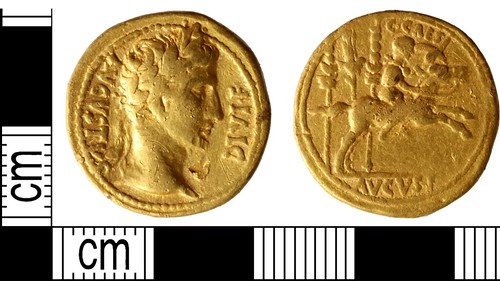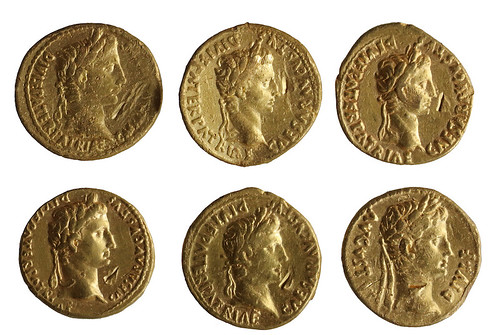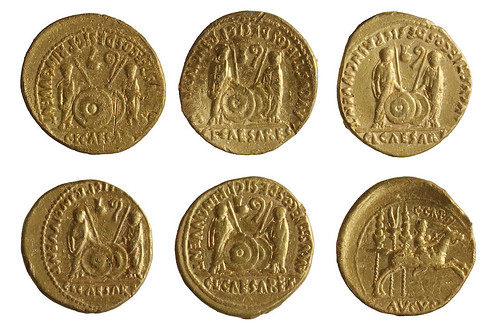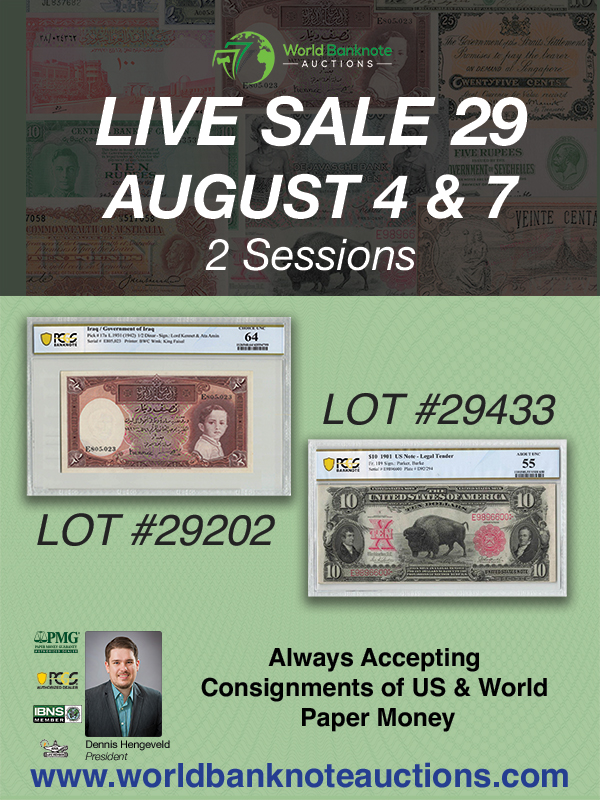
PREV ARTICLE
NEXT ARTICLE
FULL ISSUE
PREV FULL ISSUE
V25 2022 INDEX E-SYLUM ARCHIVE GOLD ROMAN COINS FOUND IN NORFOLKThis article describes a cache of Roman gold coins and other items found over several years in a farmer's field in Norfolk and acquired by the British Museum. -Editor A cache of gold coins found buried on farmland in the United Kingdom has caught the attention of coin experts, who have linked the treasure trove to the Roman Empire. So far, metal detectorists have discovered 11 coins on a remote stretch of cultivated field located in Norfolk, a rural county near England's eastern coast, and experts remain hopeful that more could be unearthed in the future. Damon and Denise Pye, a pair of local metal detectorists, found the first of several gold coins in 2017, after local farmers finished plowing the soil at the end of the harvest season, which made the land prime for exploration. The haul has been dubbed "The Broads Hoard" by local numismatists (coin specialists and collectors), for its geographic location near The Broads, a network of rivers and lakes that run through the English countryside. "The coins were found scattered around in the plow soil, which has been churned up year after year, causing the soil to be turned over constantly and led to them eventually coming to the surface," said Adrian Marsden, a numismatist at Norfolk County Council who specializes in ancient Roman coins. "The first year, [the Pyes] found four coins, and the following year one more, and then they found a few more the year after that. They've said to me that they think they found the last one, and I always say, 'I bet not.' They're slowly coming to the surface; I think there's more." Marsden dated the "exceptional" bounty of gold coins to sometime between the first century B.C. and the first century A.D. Interestingly, all of the coins were minted before the Roman conquest, when Britain became occupied by Roman forces starting in A.D. 43 after an invasion launched by Rome's fourth emperor, Claudius. In an article written by Marsden and published in a recent issue of The Searcher, a metal detectorist publication, he described there being two types of gold coins in the stash: one type was marked with the portrait of Augustus Caesar, the first emperor of Rome, with Gaius and Lucius, his grandsons and heirs to the throne, on the back of the coin. (However, both grandsons died before they could don the purple and become emperor.) The other also featured Augustus in profile on one side, but with Gaius on horseback on the reverse. In addition to the newfound gold coins, over the years metal detectorists have discovered a treasure trove of Roman possessions in the region, including 100 copper alloy coins, two denarii (Roman silver coins), brooches and more. According to Marsden's estimate, the gold coins together are valued at approximately $20,000 pounds ($25,000 USD). The British Museum recently acquired the coins as part of its permanent collection. Found via The Explorator newsletter. To subscribe to Explorator, send a blank email message to: explorator+subscribe@groups.io. -Editor
To read the complete article, see:
Wayne Homren, Editor The Numismatic Bibliomania Society is a non-profit organization promoting numismatic literature. See our web site at coinbooks.org. To submit items for publication in The E-Sylum, write to the Editor at this address: whomren@gmail.com To subscribe go to: https://my.binhost.com/lists/listinfo/esylum All Rights Reserved. NBS Home Page Contact the NBS webmaster 
|



